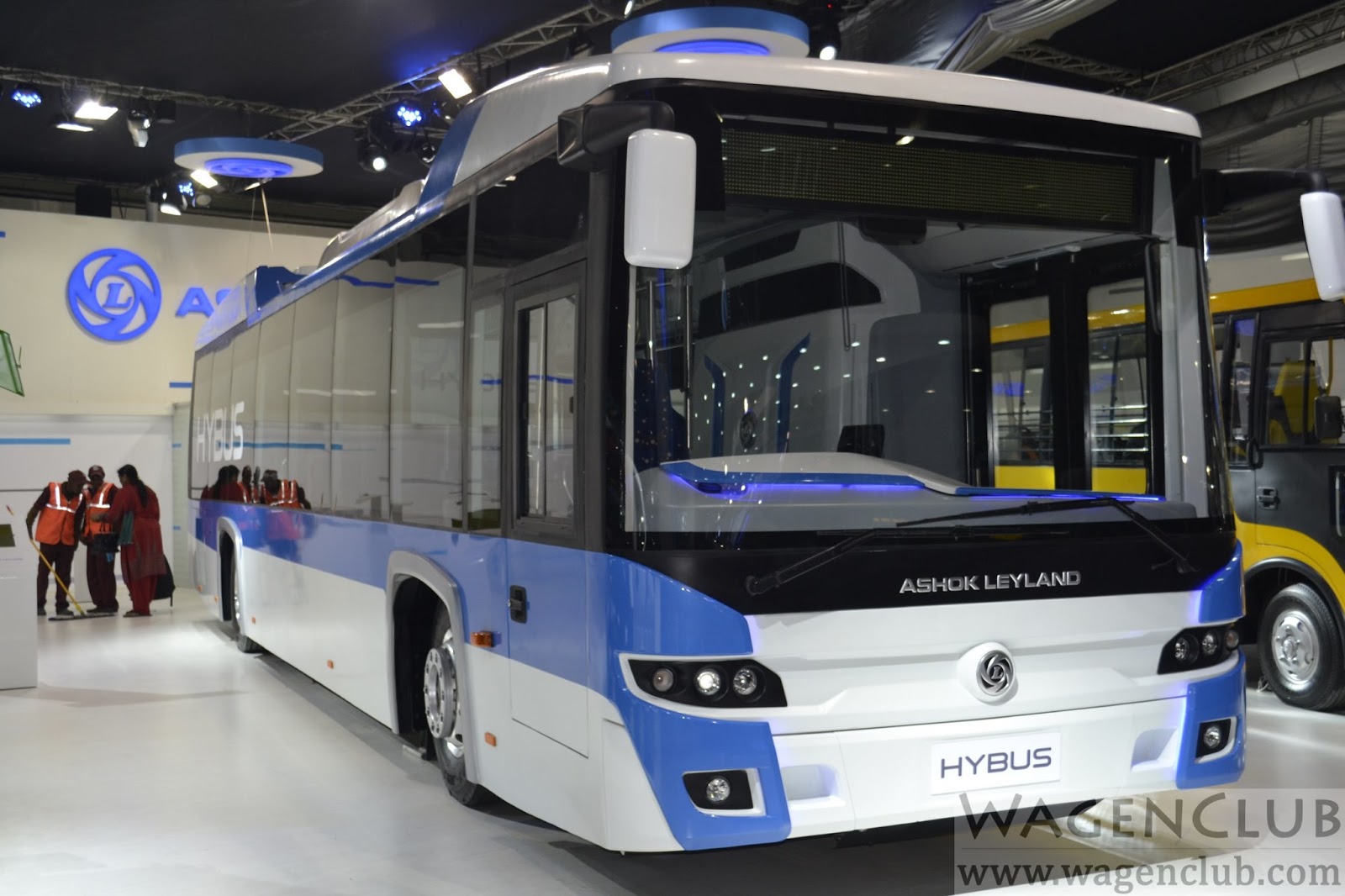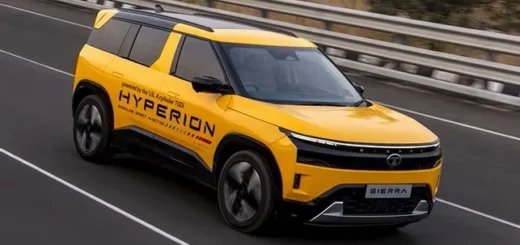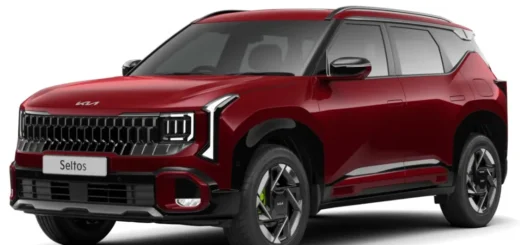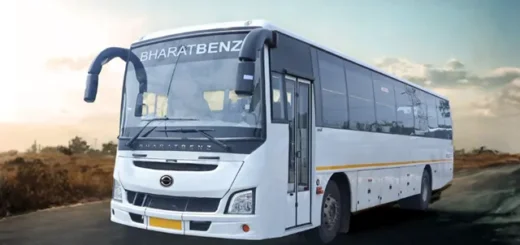Ashok Leyland ULE 12M city buses in Tamil Nadu: How are the new buses faring?
Tamil Nadu has started inducting Ashok Leyland Ultra-Low Entry (ULE) 12-metre, rear-engined city buses equipped with fully-automatic transmission in cities such as Chennai, Coimbatore, and Madurai for the first time.
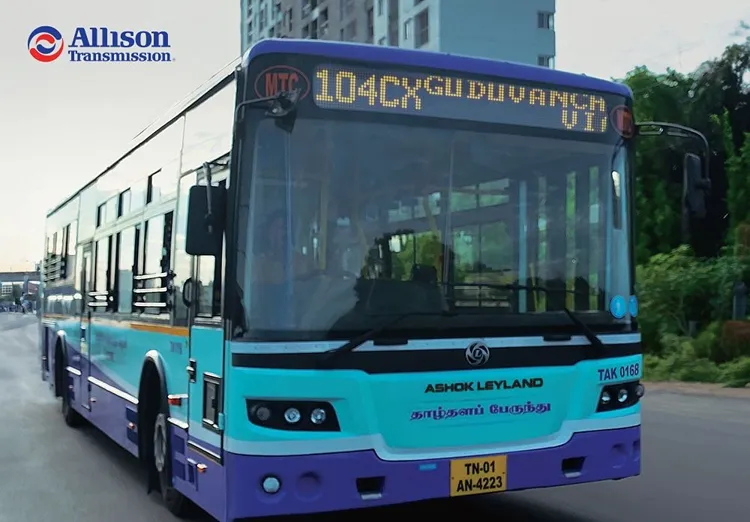
Ashok Leyland’s new Ultra-Low Entry (ULE) buses are perhaps the new face of the Tamil Nadu State Transport Corporation (TNSTC), the state owned bus operator of the Southern state. Over the last few months, these new buses in rear-engine, non-AC configuration have joined the city fleets of Chennai (under MTC), Coimbatore and Madurai in limited numbers.
Years after the introduction of Volvo 8400 in Chennai in limited numbers, the state is inducting ‘step-less entry’ buses for city application, something that cities like Delhi, Mumbai and Bengaluru accomplished in large numbers more than a decade ago, at least in certain sizable numbers. One of the most accessible bus design for the differently-abled commuters, it has taken more than two decades for the MTC to introduce these buses that are better un accessibility for all kinds of passengers.
Technologically strong
Initially, I assumed that these ULE buses are likely to be CNG-powered, since the cities of Chennai and Coimbatore are gradually jacking up their CNG refueling infrastructure lately. However, the official information clarified that these are indeed diesel buses, powered by Ashok Leyland’s reliable H-series 6-cylinder, 4-valve engine, with a rated output of 246 hp.
The most interesting part in terms of the technology of these buses is their fully-automatic transmissions. The engine of the new buses is paired to Allison T 280 automatic gearbox featuring a torque convertor. The transmission, designed specifically for city buses, is aided by Allison’s 4th-generation electronic controls with ‘closed loop’ adaptive shifts for better performance and fuel efficiency.
Also Read: Fully-Automatic Transmission in City Buses: ‘Shifting to ‘D’ Mode’
Given that the automatic transmissions are a boon for city driving, at least a few TNSTC drivers will get a taste of clutch- and gearshift-free driving from now with these Ashok Leyland ULE buses. Allison Transmission claims that its gearbox is relatively maintenance free and offer higher uptime than manual and AMT systems.
Maintenance
Back in 2010s when various STUs started plying these kind of rear-engined automatic buses built by Ashok Leyland and Tata Motors, fuel efficiency, higher and frequent maintenance were considered as critical challenges, especially for the diesel variants. I distinctly remember an instance of Bangalore Metropolitan Transport Corporation (BMTC) that struggled with its fleet of such air-conditioned diesel buses offering abysmal fuel economy. The state-owned operator even converted them into non-AC configuration to manage their soaring running costs.
But today, the manufacturers have greatly improved the fuel efficiency of the buses with automated transmission systems. The engines and gearboxes are much-improved and reliable with advanced electronic engine management and emission aftertreatment systems with OBD features for easy diagnosis.
However, the higher maintenance costs and service woes of the low-floor buses continue to haunt STUs. For instance, the new Ashok Leyland ULE buses in Chennai have already come under criticisms for frequent breakdowns in less then two months of commercial operation.
Also Read: Ashok Leyland to supply 500 Switch EiV12 electric buses to MTC Chennai
News reports suggest that almost all of such breakdowns were relating to the BS VI exhaust systems, namely clogged exhaust filters, inadequate AdBlue or Diesel Exhault Fluid (DEF), and sensor malfunctioning. Advanced engine management systems of these buses often prevent continued operation at the event of such failures, resulting in abrupt breakdown of the bus.
Moreover, TNSTC officials have also expressed their displeasure on the non-availability of certain critical spares of these low-floor buses with the manufacturer. Certain spares take days to reach the workshops, resulting in loss of time and resources for the operator.
Ventilation issues
Yet another peculiar problem with the new low-entry buses in Tamil Nadu is improper ventilation in non-AC variants. Passengers have complained about poor air flow inside the buses, especially in the last couple of rows of seating in the the high-floor of the rear side. Since the body shell is originally designed for AC variants, the air-circulation through the large pan of windows remain limited.
Under Delhi Transport Corporation (DTC) that plies a large number of similar low-floor, non-AC buses, lack of proper ventilation wasn’t much of an issue all these years. However, considering the hot and humid weather of Tamil Nadu, these buses tend to offer unpleasant experiences to its riders on certain weather occasions.
Also Read: Ashok Leyland 13.5M intercity buses under scanner for quality issues
To address this concern of the commuters, TNSTC has reportedly suggested various mortifications to the design and window layout of the new buses. This includes creating more hatch-doors over the roof for air circulation, replacement of fixed windows over the rear rows with sliding windows, and some minor tweaks to the window pane design.
On the whole, Ashok Leyland’s new Ultra-Low Entry (ULE) buses in the cities of Tamil Nadu is a significant step towards improving accessibility for passengers and offer comfortable ride to its commuters. Fully-automatic transmissions enhance the driving experience of these buses.
However, challenges on maintenance costs, improper training of operators by the manufacturer, and lack of timely availability of critical spares still continue. Such bottlenecks continue to prevent STUs from procuring these buses in large numbers.


